Disclaimer: This blog post contains affiliate links. If you make a purchase through these links, we may earn a small commission at no additional cost to you. Learn More. Thank you for supporting our garden community.
Enjoy the Bounty: Tips for Harvesting and Preserving Vegetables
As the warm summer days stretch on, our gardens are bursting with color and life. It’s an exciting time for gardeners as we witness the fruits of our labor come to fruition. From vibrant tomatoes and succulent berries to fragrant herbs and leafy greens, the current season offers an abundance of fresh produce to enjoy. In this blog post, we will explore some tips and tricks for harvesting and preserving vegetables of the bountiful harvest from your summer garden.
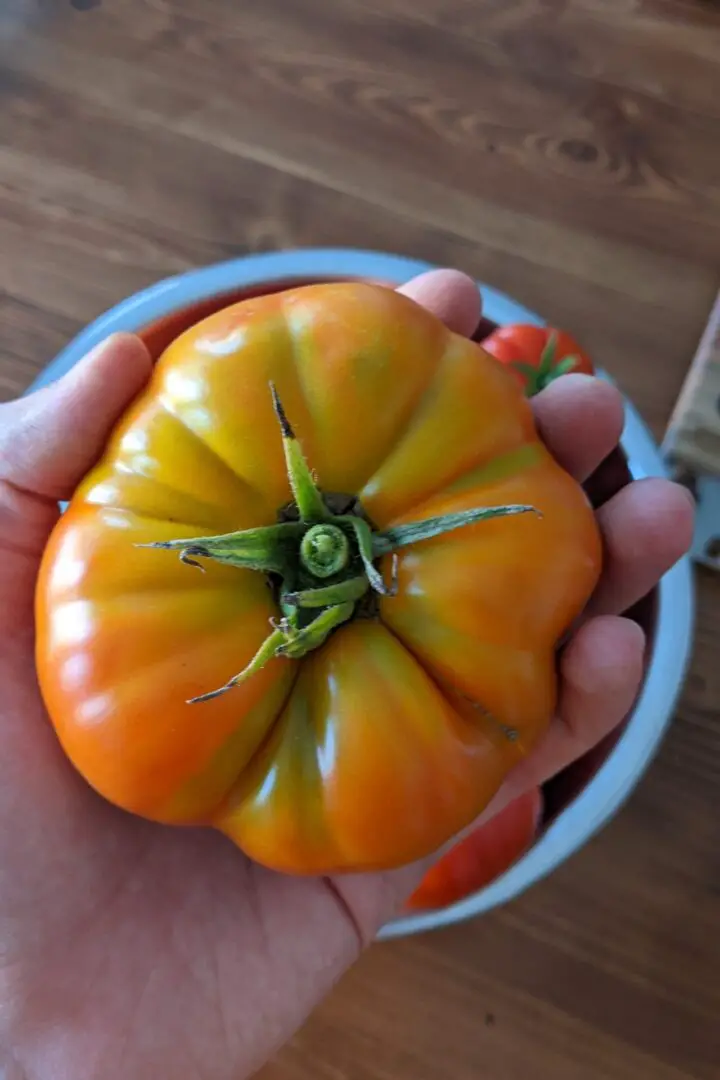
This was a beautifully-colored tomato that I harvested from my grandfather’s garden in 2023.
Enjoy The Bounty
You will learn tips and tricks for harvesting and preserving vegetables from your summer garden. You will discover guidelines for harvesting different crops, including tomatoes, berries, herbs, and leafy greens. We also provide information on various methods of preserving the flavors of summer, such as freezing, canning, dehydrating, and curing.
Additionally, you will learn about the importance of sharing their excess produce with others and planning for future seasons by reflecting on your current harvest and making adjustments for the next one.
Harvest at the Right Time
Knowing when to harvest your crops is key to ensuring their peak flavor and optimal nutritional value. Check out my YouTube channel where I post videos of my garden harvests among others. Here are some general guidelines:
- Tomatoes: Wait until they reach full color, but still slightly firm. Avoid picking them when they are overripe or mushy.
- Berries: Harvest when they are fully ripe and easily fall off the stem with a gentle tug.
- Herbs: Harvest in the morning after the dew has evaporated. Pick the leaves or stems just above a leaf node to encourage bushy growth. Never cut back more than half the plant.
- Leafy Greens: Harvest the outer leaves when they are young and tender, allowing the inner leaves to continue growing.
Remember, the best way to determine if something is ready for harvest is to use your senses. Look, touch, and taste to ensure you’re picking produce at its peak. If you pick a berry that’s too sour, leave the rest to ripen further.

Preserve the Flavors of Summer
Preserving the flavors of summer allows us to enjoy the fruits of our labor well beyond the growing season. Here are some simple methods for preserving your garden’s abundance:
- Freezing: Many fruits and vegetables freeze well. Simply wash, chop, and pack them into airtight containers or freezer bags. Blanching certain vegetables, like green beans or carrots, before freezing can help preserve their color and texture. I even like to freeze my herbs. I think they retain their flavour better when frozen.
- Canning: Canning is a great method of preserving vegetables for the long term. From jams and jellies to pickled veggies, there are endless possibilities. Be sure to follow safe canning practices and use appropriate equipment.
- Dehydrating: Herbs, chili peppers, and certain fruits like apples can be dried for long-term storage. Hang bundles of herbs upside down in a cool, well-ventilated area or use a dehydrator for a faster process. Freeze-drying has also become popular recently.
- Curing: For things like garlic, onions, potatoes, and sweet potatoes, curing is the easiest thing you can do to extend their shelf life. This is a simple process where you lay out the freshly harvested vegetables in a cool, well-ventilated area for a few weeks. This can preserve these vegetables for over a year. Check out our post on harvesting and curing garlic.
Share the Love
If your garden produces more than you can possibly use or preserve (God, I wish), consider sharing the abundance with friends, family, or your local community. Spread the joy of gardening and foster a stronger sense of community by gifting your homegrown produce to others.
Additionally, you can donate any excess produce to local food banks or community organizations. It’s a wonderful way to support those in need and reduce food waste at the same time.
Plan for Next Season
While enjoying the current season’s harvest, it’s never too early to start planning for the next one. Take note of which crops thrived and which struggled, and make adjustments accordingly. Recognize all the variables that could have influenced your harvests. Consider experimenting with new varieties or expanding your garden to include more of your favorite produce.
Research and prepare for fall planting or even for next year. By thinking ahead and learning from each season, you’ll continue to improve your gardening skills and maximize your future harvests.
Frequently Asked Questions
The methods of preserving vegetables include freezing, canning, dehydrating, and pickling. Each one can have its advantages and disadvantages, and each one can be used effectively.
While raw vegetables can be frozen as is, blanching them first helps to keep their shape and colour. Blanching helps to prevent the vegetables from turning mushy once taken out of the freezer.
Among the oldest preservation methods is dehydrating. In the absence of technology like fridges and freezers, ancient preservation methods favoured dehydrating because of its ease and effectiveness.
Products:
For organic, non-GMO garden seeds, check out SeedsNow.
For gardening equipment, check out Bootstrap Farmer.
For organic all-purpose fertilizers, check out Arber.
Conclusion
As the summer garden reaches its peak, it’s time to savor the bountiful harvest and preserve the flavors of the season. Whether you’re freezing, canning, or sharing the abundance, there are plenty of ways to ensure that the fruits of your labor continue to bring joy and nourishment throughout the year. Remember to plan for the future, too, as each growing season is an opportunity to learn and grow as a gardener. Happy harvesting and preserving!
If you want to learn more about gardening, foraging, nature, and sustainability, check out The Real Gardener on Instagram, YouTube, and Pinterest.
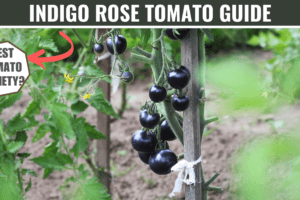


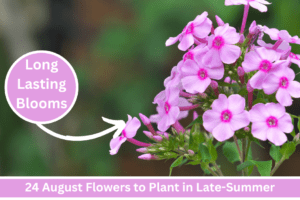
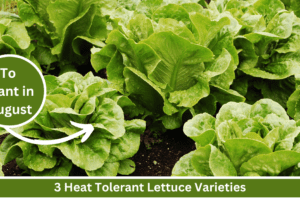
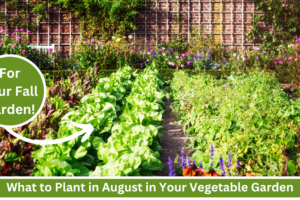


Leave a Reply